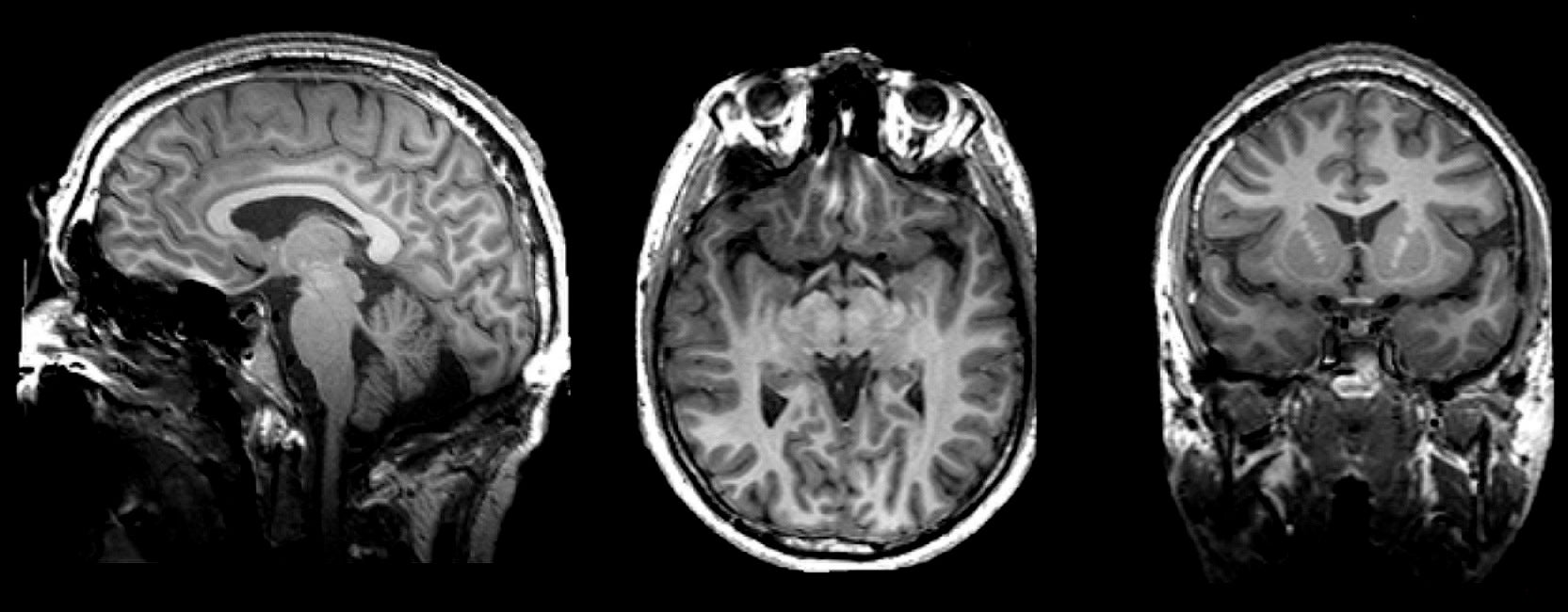“Mapping the Past, Present, and Future of Brain Research to Navigate Directions, Dangers, and Discourses of Dual-Use”
Recent developments in tools and techniques have fostered something of a renaissance of inquiry and innovation in the brain sciences, which require understanding the research trends, limitations, and directions of the field. Several recent scientific advancements have increased the plausibility and possibility of using the brain sciences (as well as other life sciences) for disruptive or destructive intent. There has been – and remains – interest, and increasing pursuit of dual- and/or direct-use of the brain sciences to optimize the performance of military personnel and to control and/or degrade neurobehavioral abilities and health of targeted adversaries. Effective and efficient tracking and forecasting of research in neuroscience and neurotechnology (neuroS/T) provide vital biosecurity insights to current and newly emerging risks and threats of weaponizable neuroS/T. Working towards the goal of fostering effective biosecurity strategies to include emerging fields like neuroS/T, James Giordano and Joseph DeFranco identify two general approaches that can be used to monitor brain science research, to facilitate the detection of dual and direct-use biological threats as they relate to advancements in brain sciences.

